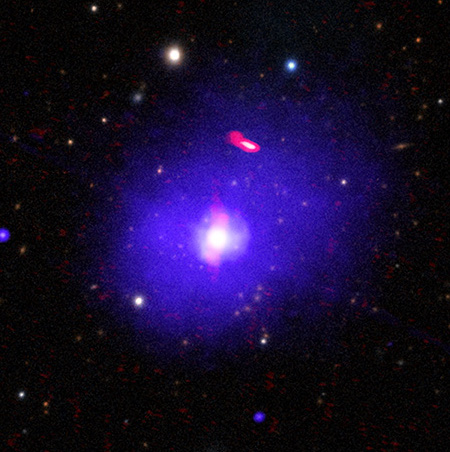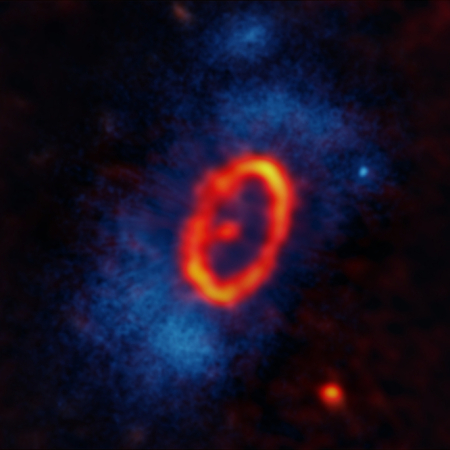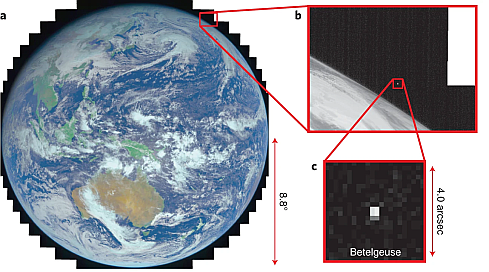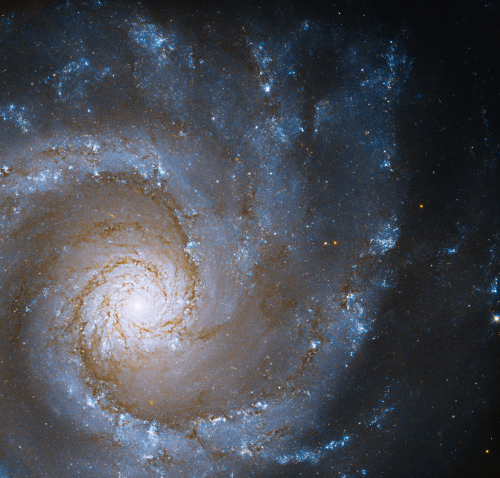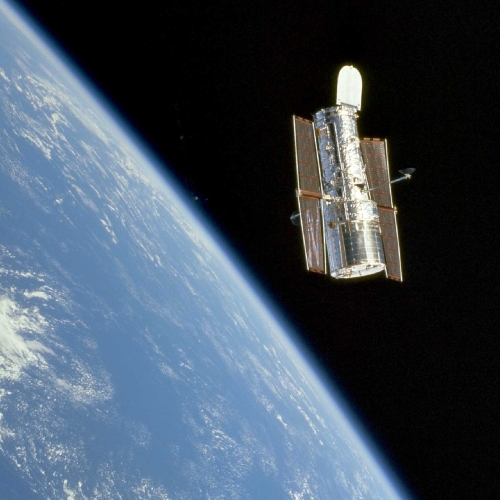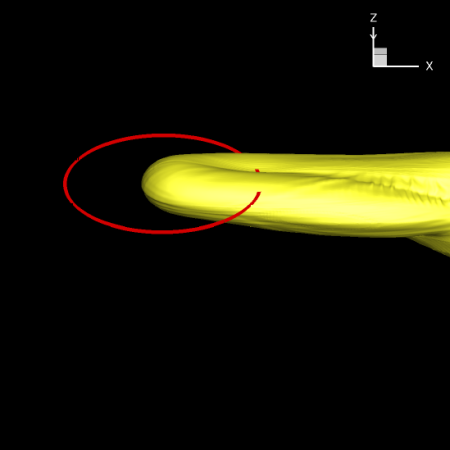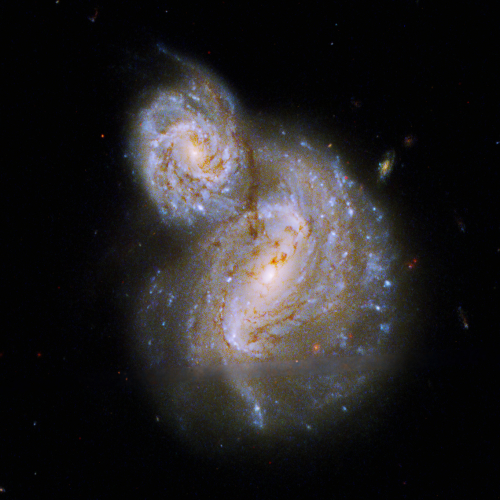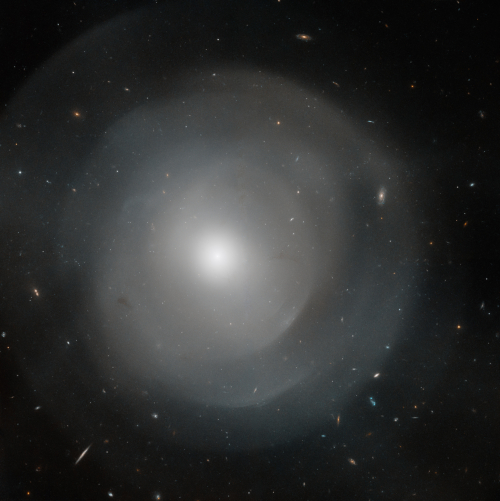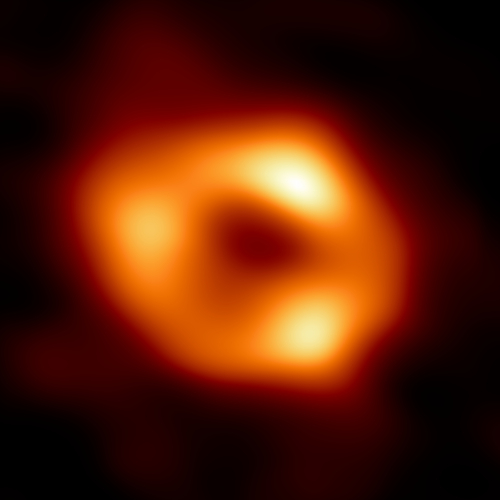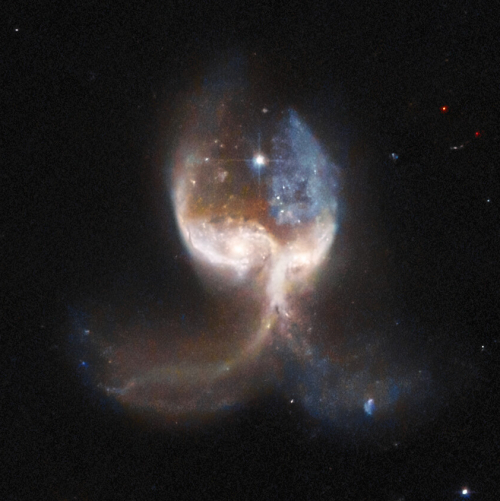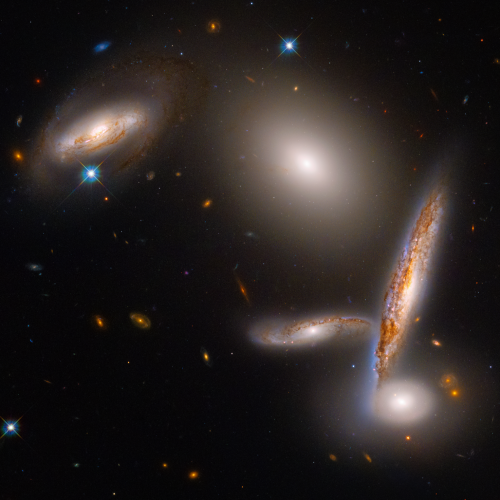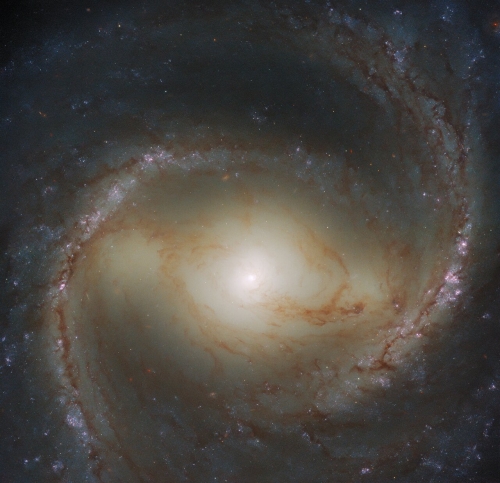Mirror comparable to Hubble’s ready for JPL balloon astronomy mission
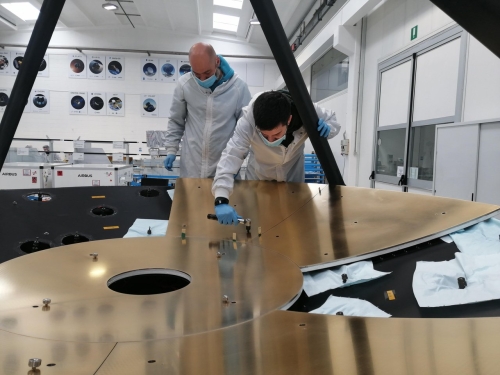
Engineers attach mirror panels to the mirror’s support structure.
An Italian optics company, Media Lario, has now completed construction of the primary mirror — at 2.5 meters width slightly larger than Hubble’s primary mirror — to be used on a JPL balloon astronomy mission dubbed ASTHROS, targeting a December 2023 launch.
The ASTHROS primary mirror features nine panels, which are significantly easier to fabricate than a one-piece mirror. The bulk of the mirror panels consist of lightweight aluminum, formed into a honeycomb structure that reduces its total mass. The panel surfaces are made of nickel and coated with gold, which improves the mirror’s reflectivity at far-infrared wavelengths.
Once launched, the balloon will circle the south pole for up to four weeks, taking data on the gas distribution in several galaxies.
While that data will be worthwhile, the mission’s real goal is to test these technologies for future space-based astronomy missions. If this mission works, it will reduce significantly the cost and time necessary to make big telescope mirrors, while enhancing the robotic capabilities of such telescopes.

Engineers attach mirror panels to the mirror’s support structure.
An Italian optics company, Media Lario, has now completed construction of the primary mirror — at 2.5 meters width slightly larger than Hubble’s primary mirror — to be used on a JPL balloon astronomy mission dubbed ASTHROS, targeting a December 2023 launch.
The ASTHROS primary mirror features nine panels, which are significantly easier to fabricate than a one-piece mirror. The bulk of the mirror panels consist of lightweight aluminum, formed into a honeycomb structure that reduces its total mass. The panel surfaces are made of nickel and coated with gold, which improves the mirror’s reflectivity at far-infrared wavelengths.
Once launched, the balloon will circle the south pole for up to four weeks, taking data on the gas distribution in several galaxies.
While that data will be worthwhile, the mission’s real goal is to test these technologies for future space-based astronomy missions. If this mission works, it will reduce significantly the cost and time necessary to make big telescope mirrors, while enhancing the robotic capabilities of such telescopes.

